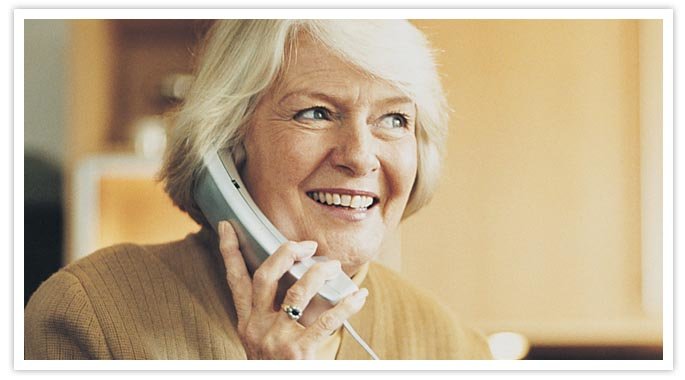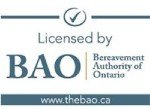Constitutional Monarchy
“Constitutional Monarchy” is a term straight from the humdrum of history class. For many of us, the British Monarchy is far removed from our day to day. We occasionally see a colourized photo, mounted in an ornate frame in a public hall or Legion; or put the debit card down and take notice of the ever-evolving etched portraits of the Queen, minted on our pocket change. Elizabeth II is our Head of State, and in 1953, a Canadian law, the Royal Style and Titles Act, formally conferred upon her the title of "Queen of Canada."
This past Saturday I witnessed, for the first time in my lifetime, the Queen as a familiar character. A wife, of more than seven decades, garbed in black and mourning. On even-keel with all of those who face grief; a human and shared experience. Her Royal Highness began a journey of learning to live without a husband, friend, faithful Consort, and Servant to the Commonwealth - His Royal Highness The Prince Philip Duke of Edinburgh.
The service was humble, and High-Church, with lessons, collects, and a commendation. Prince Philip had been involved firsthand in the creation of a Land Rover Carriage, to transport his casket, arguably the clearest sign of opulence. The Pandemic limited the attendance to 30, a strong reminder that restrictions have few, if any exceptions.
Our team is coming to see an intimacy in these private gatherings. That shy granddaughter might find the bravery to share a poem in front of her parents, aunts, and cousins. A eulogy may be a little less “censored,” and laughter a little louder. It is different, without a doubt. As saddened as we are for the Queen, or our neighbour, for what we can not do, I am proud to share the opportunities, support, and healing our profession offers to everyone, prince or pauper, even now.
Previous Posts
Pets
Infant Memorial Service
The Reach of a Small Town
Privilege
Symbolism in the Wild
Photo Reconstruction
How can my family and friends participate in my service?
What is a Companion Urn?
Do you have a will?
Acts of Kindness Around Christmas

Grief Support
The death of someone we care about can be one of the most difficult experiences in life. These articles are meant to describe different types of grief; their intent is to help you understand your own, or to help you empathize with another person's grief.
LEARN MORE >

Our Locations
McKinlay Funeral Homes is pleased to offer services from locations in Ridgetown, Blenheim, and Chatham. We have a wide range of services available in these communities. Please click on the link below for more information about these facilities.
LEARN MORE >

Send Flowers
Our local florists are committed to offering only the finest floral arrangements, and are backed by their professionalism and prompt service. Allow us to take care of your expression of sympathy by connecting with our local florists through our website.
LEARN MORE >

Let Us Help You
Please feel free to browse our pages to learn more about pre-planning a funeral and grief support, as well as the traditional funeral and cremation services that we have to offer. If you have any questions or concerns please feel free to contact us at anytime, we are available by phone or e-mail, or drop by the office in person. We are always here to help.






Comments